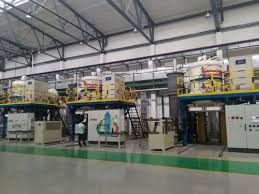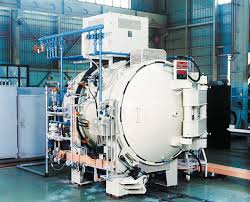Data center market research is crucial for businesses, investors, and stakeholders looking to make informed decisions in the rapidly evolving digital landscape. As the demand for data storage, processing, and distribution continues to grow at an unprecedented rate, understanding the current state and future trends of the data center industry becomes increasingly important. This article aims to provide a comprehensive overview of the global data center market, exploring key insights, trends, and opportunities that will shape the industry in the coming years.
Toc
- 1. The Earliest Bytes of Data Center Knowledge
- 2. Unraveling the Global Data Center Market
- 3. Geographic Segmentation of the Data Center Market
- 4. The Mosaic of Data Center Types and Services
- 5. Navigating the Waters of Hyperscale Data Centers
- 6. The Core Fabric of Data Center Infrastructure
- 7. Green Data Centers: Balancing Growth with Sustainability
- 8. Unfolding the Future with Data Center Trends and Innovations
- 9. Automation: The Pulse of the Modern Data Center
- 10. Key Players in the Data Center Market
- 11. Future Outlook and Opportunities
The Earliest Bytes of Data Center Knowledge

Before we unpack the myriad layers of the data center market, understanding what a data center is and why market research is crucial is essential. At its core, a data center is a facility composed of networked computers and storage that organizations or businesses use to organize, process, store, and disseminate large volumes of data.
Market research is the diligent process of gathering, analyzing, and interpreting information about customers, competitors, and the overall market. For data centers, this can manifest in studying consumer usage trends, forecasting data growth, and assessing the financial health of competitors. The insights gained can then inform strategic business decisions, such as where to build new facilities, what technologies to invest in, and how to structure service offerings.
Unraveling the Global Data Center Market

The global data center market is on an upward trajectory, fueled by an insatiable demand for cloud services, an increase in worldwide internet users, and the burgeoning growth of data-intensive technologies like artificial intelligence (AI), the Internet of Things (IoT), and big data analytics. This growth is further propelled by the digital transformation initiatives undertaken by businesses across sectors, seeking to leverage technological advancements to enhance operational efficiencies, improve customer experiences, and innovate product offerings.
Regions such as North America and Asia-Pacific are at the forefront, driven by tech-savvy populations and robust digital infrastructure. However, emerging markets in Africa and Latin America are also showing significant promise, thanks to increasing internet penetration and a growing appetite for digital services. Amid this global expansion, sustainability and energy efficiency have become paramount concerns, pushing data center operators to innovate greener solutions, from renewable energy sources to advanced cooling systems, reflecting a holistic approach to growth that balances industrial expansion with environmental stewardship.
Assessing the Current and Gazing into the Future
The global data center market is a dynamic landscape, constantly shifting in response to technological advances, economic realities, and regulatory developments. The size of this market is colossal, with numbers in 2021 surpassing $60 billion, and it’s expected to grow at a CAGR of approximately 11% till 2026.
Drivers and Servicers of Growth
Key drivers fueling this robust growth include the escalating volumes of digital data generated daily, the surge in cloud computing demand, and the push for data localization due to stricter data privacy laws. The challenges are considerable too, ranging from the soaring energy requirements of data centers to the complex regulatory frameworks governing data storage and transmission.
The Pandemic Effect
The COVID-19 pandemic has been a double-edged sword for the data center market. On one hand, the rapid digital transformation across industries to facilitate remote work and online services increased demand for data storage and processing. On the other, it disrupted supply chains and construction, leading to delays in launching new centers.
Geographic Segmentation of the Data Center Market

The geographic segmentation of the data center market offers a lens through which to view the diverse nature of global data infrastructure growth. North America, particularly the United States, has long been the powerhouse behind much of the world’s data center capacity, characterized by an established tech ecosystem and a continuous push towards innovation in data storage and processing technologies. Europe follows closely, with countries like the Netherlands, Ireland, and Germany leading in data center operations, attributed to their strategic locations, robust digital infrastructures, and favorable regulatory environments.
Asia-Pacific represents one of the fastest-growing regions in the data center market, spurred by the digitalization efforts of economies such as China, India, Japan, and Singapore. These countries are seeing a surge in local and international investments in data center projects, driven by a growing digital consumer base, increasing data sovereignty laws, and initiatives to boost digital economies.
Emerging markets in Africa and Latin America are gradually carving out their space in the global data center landscape. With internet penetration rates on the rise, these regions present untapped opportunities for data center development. The growth in these areas, however, is contingent upon overcoming challenges such as infrastructural development, political stability, and the establishment of regulatory frameworks conducive to digital growth.
The geographic diversity in data center development underscores the global nature of digital transformation. Each region presents unique opportunities and challenges, influenced by economic, technological, and regulatory factors. Understanding these dynamics is crucial for stakeholders looking to invest or expand their data center operations globally.
North America
North America remains the dominant force in the data center industry, home to major technology and Internet enterprises. The United States alone represents more than 40% of the global market, boasting Silicon Valley and numerous other tech hubs.
Europe
Europe is a patchwork of countries with various levels of data center adoption, largely driven by the sophistication of local IT markets and the implementation of the GDPR. Countries like the Netherlands and the UK are veritable data center hotspots, while others are on the cusp of rapid growth.
Asia Pacific
The Asia Pacific region is home to the world’s fastest-growing data center market, with economies like China, India, and Singapore at the forefront. Ongoing digitization and massive adoption of technologies are propelling this growth, creating significant opportunities for market entry and innovation.
Latin America
Latin America is a nascent but promising data center market, with countries such as Brazil and Mexico displaying increasing digital maturity. Infrastructure improvements and favorable economic conditions make this region one to watch.
Middle East and Africa
The Middle East and Africa are waking up to the potential of data centers, with high adoption rates of cloud services and a growing demand for edge computing solutions. Despite challenges such as political instability and underdevelopment, the region presents an intriguing frontier for data center investment.
The Mosaic of Data Center Types and Services
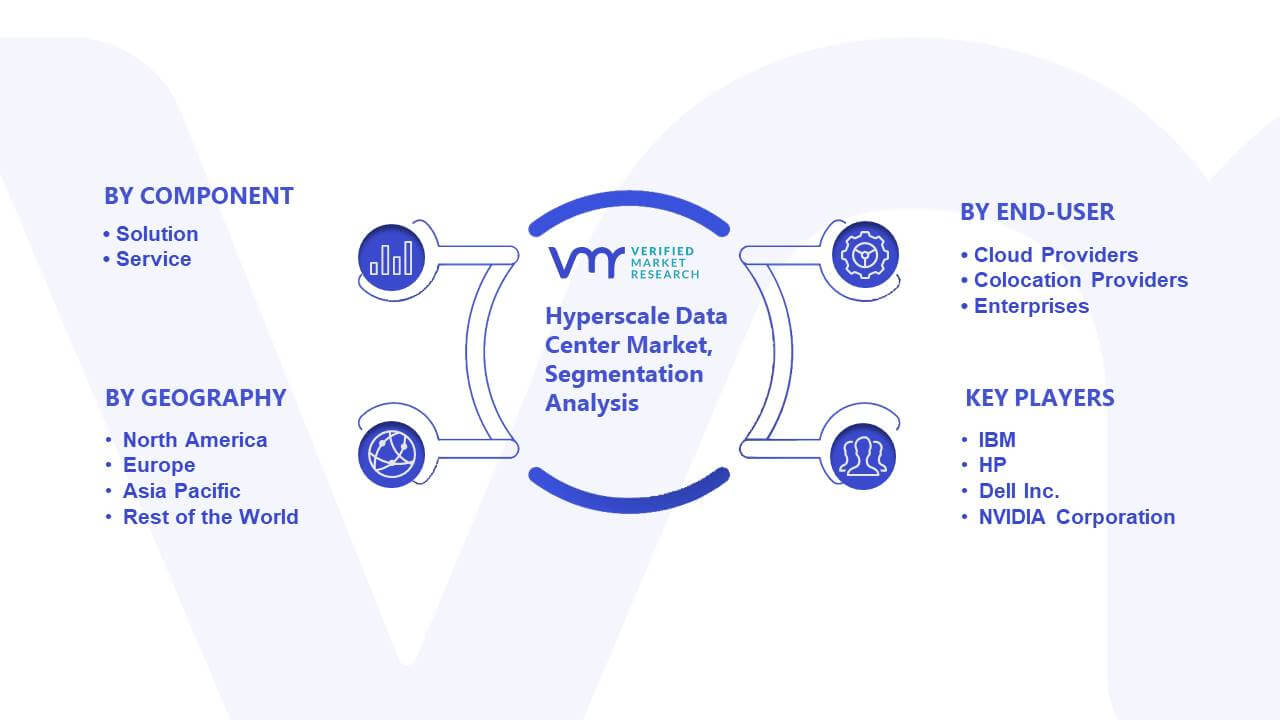
The data center industry is not monolithic; it is a mosaic of various types and services tailored to meet different demands and challenges. From hyperscale facilities that power the globe’s largest tech giants to edge data centers that bring computing resources closer to end-users, the landscape is diverse.
Hyperscale Data Centers
Hyperscale data centers are vast facilities operated by companies such as Amazon, Google, and Microsoft. These data centers support extensive amounts of storage, bandwidth, and computational needs, catering to millions of users worldwide. The defining characteristic of hyperscale facilities is not just their size but their ability to scale rapidly to meet demand.
Colocation Data Centers
Colocation data centers offer businesses the space to deploy their own IT infrastructure within a shared facility. These centers provide the physical environment necessary to run servers and other computing hardware, including security, cooling, power, and connectivity. Colocation allows companies to leverage the advantages of a data center without the substantial capital expenditure of building and managing their own facility.
Edge Data Centers
With the rise of IoT (Internet of Things) devices and the increasing need for low-latency applications, edge data centers have gained prominence. These are smaller facilities located close to the point of use, reducing the distance data needs to travel, thereby decreasing latency and improving user experience. Edge data centers support real-time applications such as autonomous vehicles, smart cities, and video streaming services.
Cloud Data Centers
Cloud data centers are the backbone of cloud computing services, providing resources such as servers, storage, and networking to customers on-demand over the internet. These data centers enable scalability and flexibility, allowing businesses to adjust resources based on their current needs without investing in physical infrastructure.
Green Data Centers
In response to the growing concern over the environmental impact of data centers, green data centers have emerged, focusing on energy efficiency and reduced carbon footprint. These facilities use renewable energy sources, innovative cooling techniques, and other technologies to minimize energy consumption and environmental impact.
The diversity of data center types and services reflects the evolving needs of the digital world. As technology advances, so too will the infrastructure that supports it, continually adapting to new challenges and opportunities in the quest to keep the digital economy thriving.
Enterprise Data Centers
Historically and for some organizations, currently, the on-premises data center is an integral part of their IT infrastructure. However, the growth of data and complexity of operations have led many enterprises to seek specialized data center services or move parts of their operations to colocation or cloud facilities.
Colocation Data Centers
Colocation services offer businesses the convenience of storing servers and other hardware in a facility that provides the physical space and infrastructure, like power, cooling, and bandwidth. They typically offer a higher level of security and redundancy than what organizations can achieve on their own.
Wholesale Data Centers
Wholesale data centers are similar to colocation but on a larger scale, with businesses typically renting entire floors or buildings to support expansive data storage needs. This approach is cost-effective for high-demand companies that require significant resources and prefer to outsource maintenance and oversight.
Managed Services
Many businesses, especially those of a smaller scale, opt for managed data center services, where the provider takes on the management and maintenance of the data center in addition to providing the housing infrastructure.
Cloud Services
The explosion of cloud services has been one of the most significant trends to reshape the data center industry. This model allows for the virtualization of data storage and management, enabling rapid scalability and reducing the need for in-house data centers.
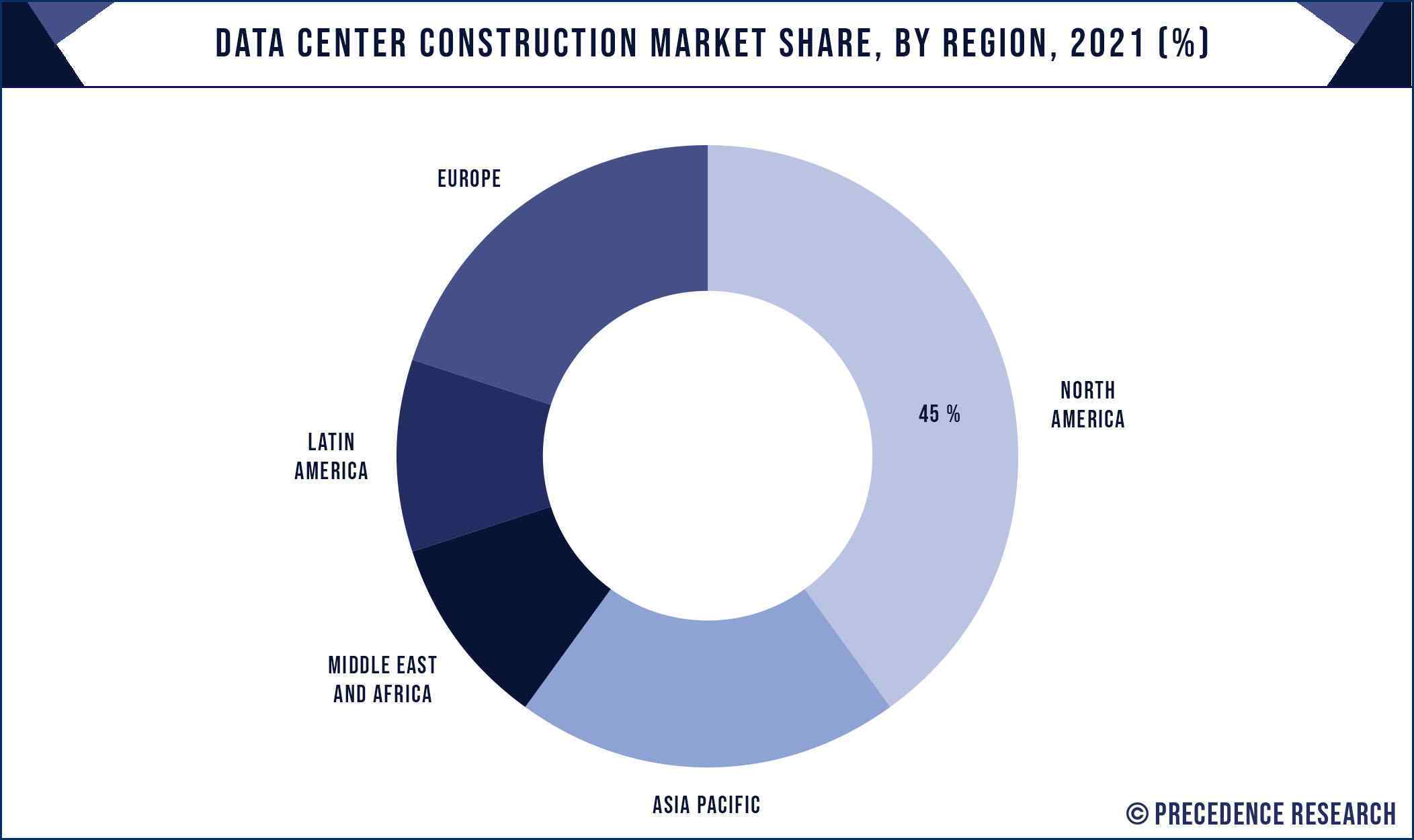
The remarkable expansion of hyperscale data centers underscores the central role they play in today’s digital economy. These behemoths are the engines behind the seamless delivery of a vast array of online services, from cloud computing and big data analytics to social media and streaming platforms. Their unparalleled scalability allows them to efficiently meet the burgeoning data demands of global networks, ensuring users across the world enjoy uninterrupted access to digital services. Furthermore, hyperscale data centers continue to lead in innovation, adopting advanced technologies such as AI for predictive analysis and machine learning for operational efficiency. This relentless pursuit of technological advancement ensures that hyperscale data centers not only accommodate current digital demands but are also poised to shape the future landscape of global data management and processing.
Understanding Hyperscale Data Centers
Hyperscale data centers are the epitome of sheer size and operational capacity. They’re the backbone of cloud and platform companies, providing them with the agility to meet fluctuating demand and unprecedented scale.
Key Players in the Hyperscale Market
Companies like Amazon Web Services (AWS), Google Cloud, and Microsoft Azure are synonymous with hyperscale data centers, with their respective infrastructures spanning the globe. These players continue to dominate the market and set the gold standard for data center scalability and operational efficiency.
Projections and Growth Trends
The demand for hyperscale solutions is expected to surge further as digital transformation deepens across industries. Projections indicate a continuous upward trajectory, with more players likely to enter the arena in the coming years.
The Core Fabric of Data Center Infrastructure
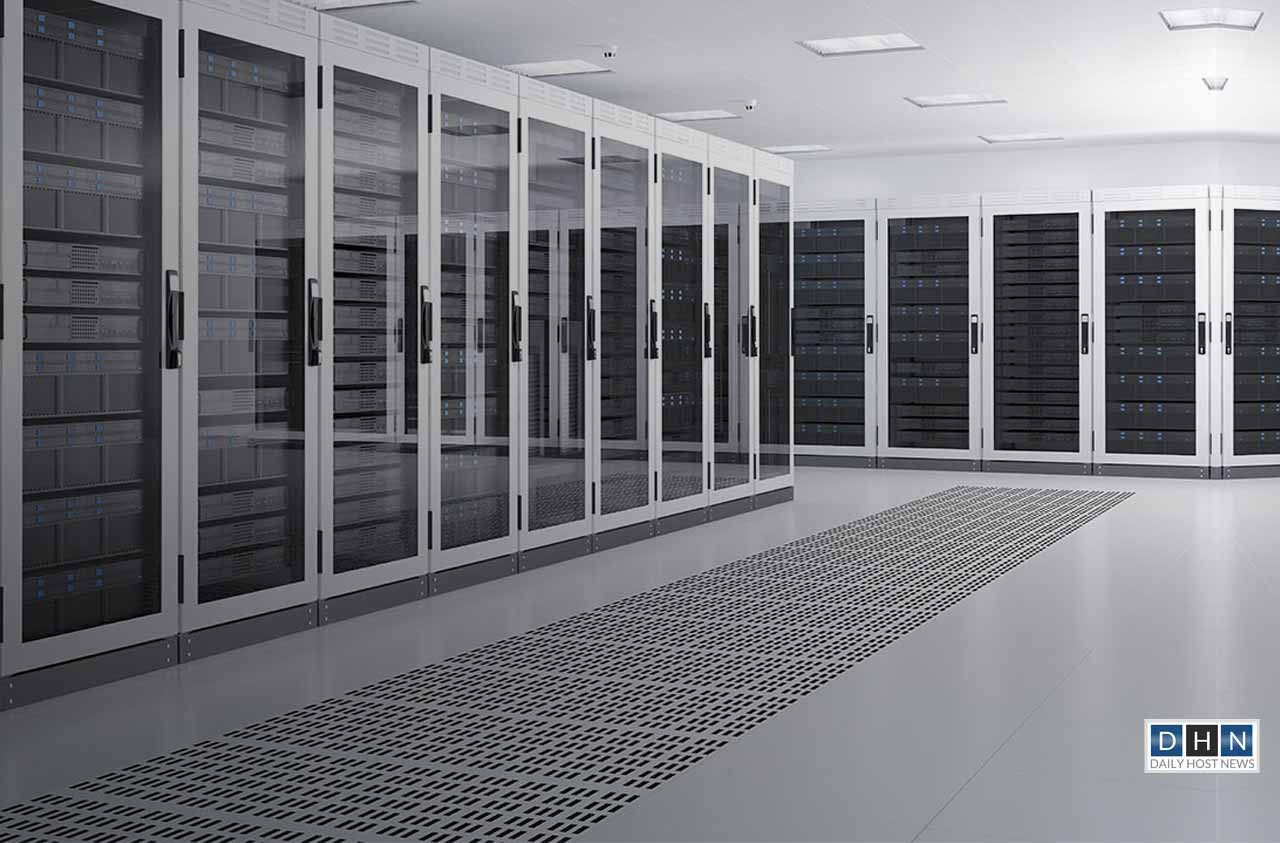
Data center infrastructure is fundamentally composed of hardware, software, and services that collectively ensure the seamless operation and management of data storage, computing resources, and networking. At the core of this infrastructure lies the physical hardware – servers, storage systems, and networking devices – which are the building blocks of any data center. These are complemented by sophisticated software solutions, including virtualization platforms, operating systems, and management tools, that enable efficient resource allocation, automation, and monitoring. Additionally, supporting services such as power supply, cooling systems, and security measures are critical to maintaining the operational integrity and resilience of data centers. This combination of physical and virtual components forms the backbone of our digital world, enabling organizations to process, store, and distribute vast amounts of data with reliability and efficiency.
Power and Cooling Systems
Data center infrastructure requires immense amounts of power to run and cool the servers. Cutting-edge developments in power distribution and energy utilization are critical to meeting the industry’s growing demand while mitigating the environmental impact.
Servers and Storage
The heart of any data center lies in its physical computing elements. Innovations in server design and the relentless increase in data capacity mean that data centers must continually upgrade to newer, faster, and more space-efficient hardware configurations.
Networking Equipment
The speed and redundancy of a data center’s network are vital for ensuring fast and reliable data transmission. Advanced switch and routing technologies enable high-capacity data centers to maintain performance metrics even under heavy loads.
Physical Security and Fire Suppression
With the growing sensitivity and value of the data housed within, data center security is a top priority. High-tech surveillance, biometric access controls, and advanced fire suppression systems form the bulwark against physical and environmental threats.
Green Data Centers: Balancing Growth with Sustainability

The concept of Green Data Centers represents a pivotal shift in how we approach the design, construction, and operation of data infrastructure, aiming to minimize environmental impact while maximizing operational efficiency. These facilities prioritize the use of renewable energy sources, advanced cooling technologies, and energy-efficient equipment to dramatically reduce their carbon footprint. Furthermore, green data centers leverage innovative technologies such as artificial intelligence and machine learning to optimize power usage and improve cooling efficiency, ensuring that they operate at peak performance with the least possible environmental degradation. This not only aligns with global sustainability goals but also offers businesses the dual advantages of reduced operational costs and enhanced corporate image. As society continues to demand more sustainable practices, the evolution of data centers into greener models stands as a testament to the industry’s commitment to environmental stewardship.
Energy Efficiency Initiatives
In the quest for sustainability, energy efficiency measures have become paramount. Data centers are adopting various strategies, like hot/cold aisle containment, use of advanced power distribution units, and AI-driven energy reduction systems, to lower their carbon footprint.
Renewable Energy Adoption
The integration of renewable energy sources like solar and wind power is a significant trend within the data center industry. Providers are increasingly investing in or sourcing power from green initiatives to reduce reliance on traditional power grids.
LEED and Other Certifications
Organizations are also looking toward certifications, such as LEED (Leadership in Energy and Environmental Design), to validate their green initiatives and signal their commitment to environmental stewardship.
Unfolding the Future with Data Center Trends and Innovations

The data center industry is a hotbed of innovation, constantly pushing the boundaries of technology to meet the demands of a data-hungry world.
Edge Computing
Edge computing, which involves processing data closer to its source rather than in a centralized cloud, is gaining traction. This trend acknowledges the growing need for real-time data processing, which traditional cloud centers, by their nature, are not always optimally designed to facilitate.
Artificial Intelligence (AI) and Machine Learning (ML)
AI and ML are not only driving the growth and efficiency of data centers through intelligent process automation, but they’re also significant consumers of data center resources. The symbiotic relationship between data centers and AI/ML is expected to become even more pronounced.
5G Networks and the Impact on Data Centers
The deployment of 5G networks promises higher speeds, lower latency, and greater connectivity, heralding profound implications for data center architectures and deployment models as it supports a massive IoT ecosystem and new digital services.
Modular and Prefabricated Data Centers
The development of modular and prefabricated data centers is making it quicker and more cost-effective to build or expand data center operations. This flexibility allows for rapid deployment and scaling in response to market demands.
Automation: The Pulse of the Modern Data Center

In the heart of the technological revolution, automation stands as a beacon of efficiency and reliability within data center operations. By integrating sophisticated software tools with intuitive machine learning algorithms, data centers can now automate routine tasks such as monitoring server health, managing power consumption, and even predicting potential system failures before they occur. This not only enhances the operational efficiency of the facility but also significantly reduces the likelihood of downtime, ensuring a smooth, uninterrupted service for users. Furthermore, automation paves the way for more agile data center management, allowing operators to swiftly adapt to changing demands without the need for extensive manual intervention. As we look to the future, the role of automation in optimizing data center performance and reliability is set to become increasingly vital, marking a new era in how we manage and interact with our digital infrastructure.
Software-Defined Data Centers (SDDC)
SDDCs are an evolution from traditional hardware-focused centers to software-defined infrastructure, where all elements of the data center — virtual machines, networking, and storage — are managed by software and controlled centrally.
Infrastructure as Code (IaC)
IaC is the practice of managing and provisioning data center infrastructure through code, enabling rapid deployment and automated maintenance of complex data center environments.
Automated Monitoring and Management
Real-time monitoring of data center performance and automated responses to potential failures ensure the data center remains operational and efficient, even as the demands on it increase.
Key Players in the Data Center Market
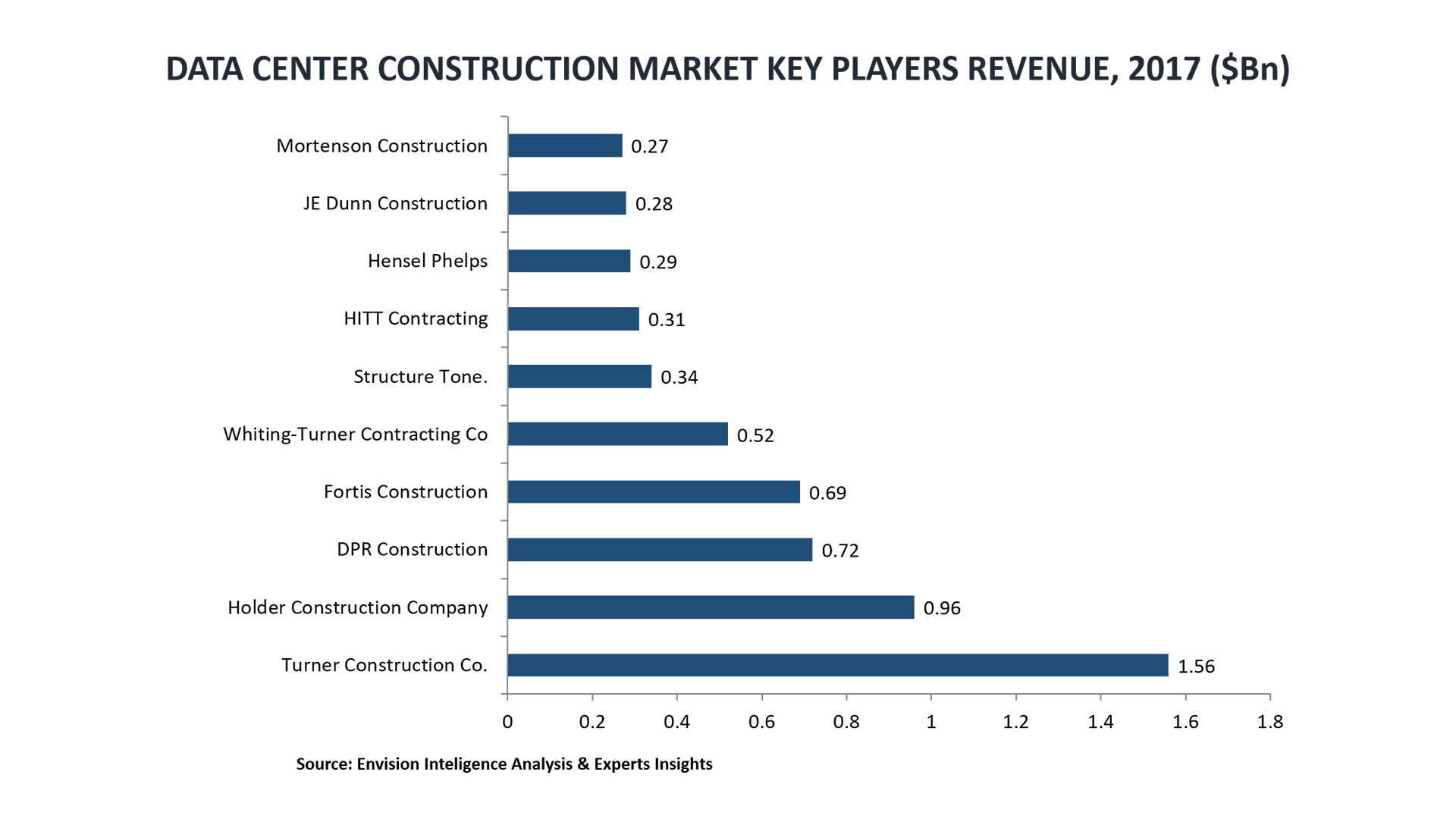
The data center market is driven by a constellation of innovative companies and organizations, each contributing its expertise to shape the future of digital infrastructure. Leading technology firms such as IBM, Google, and Microsoft are at the forefront, offering advanced cloud services and pushing the boundaries of data center capabilities. Emerging players and startups are also making significant impacts, particularly in areas like energy efficiency, security, and modular design. Additionally, telecom giants are playing a crucial role, especially with the rollout of 5G technology, which is set to revolutionize data transmission and storage solutions. The dynamic between established tech companies and agile new entrants fosters a competitive yet collaborative environment, accelerating advancements and driving the adoption of sustainable practices across the industry. This vibrant ecosystem ensures that the data center market remains at the cutting edge of technology, ready to address the growing demands of our digital world.
Global Market Share Analysis
The market landscape is fragmented, with a few large international players commanding a significant share. Understanding the market share dynamics can provide insights into the competitive environment and potential partnerships or mergers.
Profiles of Major Companies
Equinix, Digital Realty, NTT Communications, and China Telecom are just a few of the giants in the data center industry that have played pivotal roles in shaping its current state and future trajectory.
Future Outlook and Opportunities
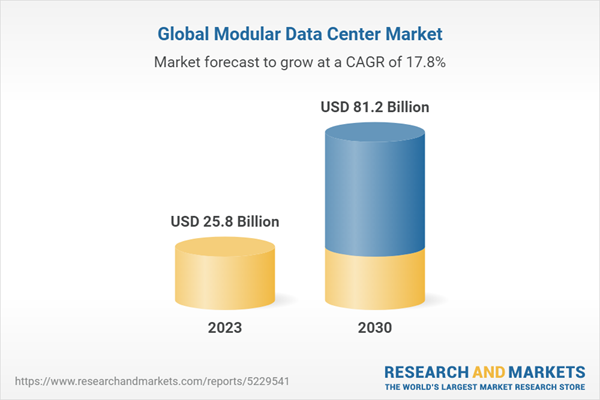
The future of data centers is intricately aligned with the evolution of technology and the growing demands of a digitally driven society. With the exponential growth of data, driven by the increase in online activities, IoT devices, and emerging technologies, data centers will continue to play a critical role in the global digital infrastructure. Sustainability will become a core focus, as the industry seeks to reduce its environmental impact through more energy-efficient technologies, renewable energy sources, and innovative cooling solutions. The integration of green technologies and practices will not only enhance operational efficiency but also align with global efforts to combat climate change. Additionally, security measures will be intensified to protect against increasing cyber threats, incorporating advanced encryption methods and AI-driven security protocols to safeguard data integrity. As we look ahead, the convergence of these trends signifies a dynamic phase in the data center sector, presenting numerous opportunities for innovation, collaboration, and growth.
Emerging Markets and Regions
Emerging data center markets hold tremendous potential for growth, offering strategic opportunities for investment and expansion. Companies looking to diversify or gain a first-mover advantage should keep a close eye on these regions.
Impact of IoT and Big Data on Data Center Demand
The increasing integration of IoT devices and the voracious appetite for data analytics are expected to lead to an explosion in data center demand, as both the volume and velocity of data continue to rise.
Challenges and Risks Facing the Industry
While the future is laden with opportunities, the data center market is not without its challenges. Issues such as cybersecurity threats, talent shortages, and the delicate balance between data sovereignty and globalization will require adept navigation by industry players.








